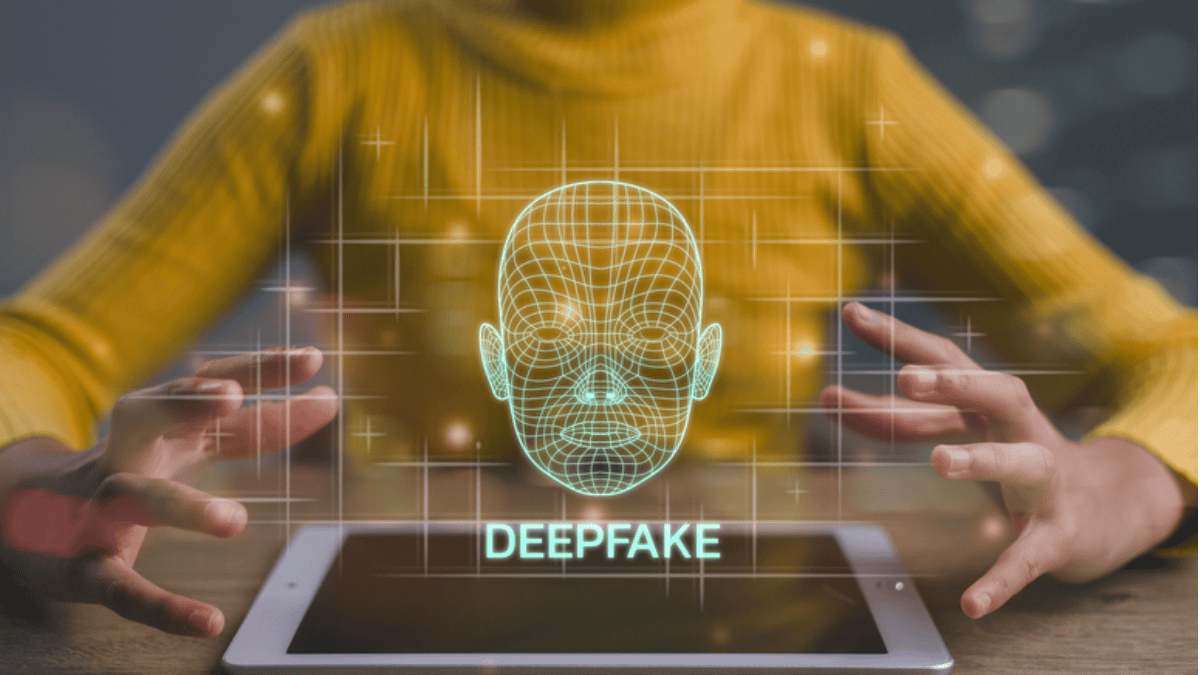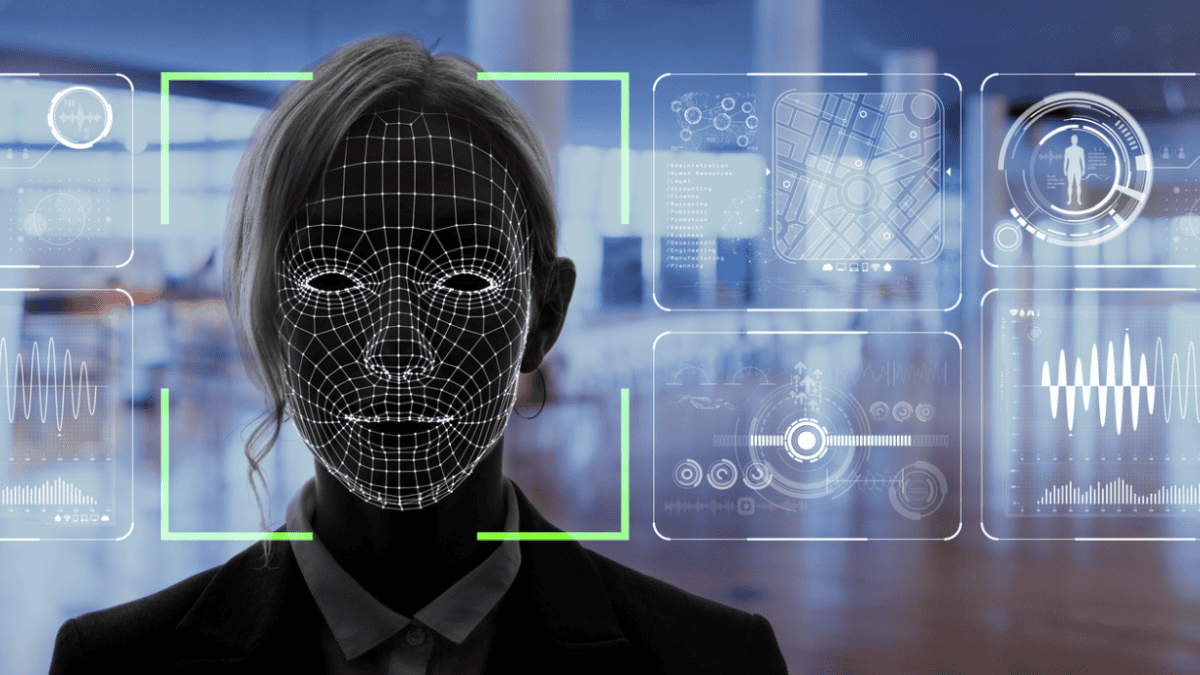Deepfake technology refers to the use of artificial intelligence (AI) to create realistic-looking fake content, primarily videos and audio recordings. This technology allows users to manipulate existing media by replacing one person's likeness with another's, making it appear as though the person is saying or doing something they did not actually say or do.
The term "deepfake" is derived from "deep learning," a subset of machine learning that enables computers to learn from large amounts of data. As deepfakes become more sophisticated, they pose a significant challenge to cybersecurity, as they can be used for misinformation, identity theft, and fraud.
How Deepfake Technology Works
Deepfake technology relies on deep learning algorithms, particularly generative adversarial networks (GANs). These networks consist of two main components: a generator and a discriminator. The generator produces synthetic content, and the discriminator assesses whether it is genuine or not. The generator refines its output through trial and error, progressively enhancing its results until the discriminator is unable to differentiate between real and fake media.
The following table outlines the key steps involved in the creation of deepfake content:
| Step | Description |
| Data Collection | Gathering a large dataset of images and videos of the target individual. |
| Training the Model | Using the dataset to train the deep learning model, allowing it to learn the target's facial features and expressions. |
| Generating Deepfakes | The trained model creates new content by superimposing the target's likeness onto another person's actions or speech. |
| Refinement | The generated content is refined to enhance realism, often involving adjustments to lighting, shadows, and audio synchronization. |
This technology has raised significant concerns regarding its potential misuse, particularly by cybercriminals. Understanding how cybercriminals use deepfake technology is crucial for SMEs to protect themselves from its implications.
Cybercriminals' Exploitation of Deepfake Technology
Deepfake technology has become a tool for cybercriminals, who exploit its capabilities for various malicious purposes. Understanding how these individuals utilize this technology is crucial for small and medium enterprises (SMEs) to protect themselves.
Manipulating Identities
Cybercriminals can create realistic deepfake videos or audio recordings that impersonate individuals, often targeting high-profile figures or employees within an organization. This manipulation can lead to unauthorized access to sensitive information or financial resources.
Spreading Misinformation
Deepfake technology can be used to disseminate false information, creating confusion and distrust among the public. Cybercriminals may produce misleading content that appears credible, impacting public opinion or causing panic.
Committing Fraud
Fraudulent activities are another significant concern associated with deepfake technology. Cybercriminals can use deepfakes to execute scams, such as impersonating executives to authorize financial transactions or tricking employees into revealing confidential information.
Understanding these methods is essential for SMEs to develop effective strategies to combat the risks associated with deepfake technology. Awareness and proactive measures can help mitigate the potential threats posed by cybercriminals.
Implications for SMEs
As deepfake technology becomes more sophisticated, small and medium-sized enterprises (SMEs) face significant challenges. Cybercriminals exploit this technology in various ways, leading to serious implications for business security and reputation.

Risks to Business Security
The use of deepfake technology poses various security risks for SMEs. Cybercriminals can create realistic fake videos or audio recordings that impersonate company executives or employees. This can lead to unauthorized access to sensitive information or financial resources.
Potential Damage to Reputation
The reputation of an SME can be severely affected by the misuse of deepfake technology. If a company is targeted and a deepfake is used to spread false information, it can lead to a loss of customer trust and credibility.
Understanding these implications is crucial for SMEs as they navigate the evolving landscape of cybersecurity threats. By recognizing the risks associated with deepfake technology, businesses can take proactive measures to protect themselves and their reputations.
Detecting Deepfakes
As deepfake technology becomes more sophisticated, the need for effective detection methods is critical. Understanding how to identify manipulated content is essential for SMEs to protect themselves from cybercriminal exploitation.
Tools and Techniques for Detection
Various tools and techniques have been developed to help identify deepfakes. These methods utilize advanced algorithms and machine learning to analyze videos and images for signs of manipulation. Below is a table summarizing some common detection methods:
| Detection Method | Description |
| Digital Forensics | Analyzes metadata and file properties to identify alterations. |
| Machine Learning Algorithms | Uses AI to detect inconsistencies in facial movements and audio synchronization. |
| Visual Artifacts Detection | Looks for unnatural features, such as mismatched lighting or irregular facial expressions. |
| Blockchain Verification | Utilizes blockchain technology to verify the authenticity of media files. |
These tools can assist SMEs in identifying potential deepfakes and mitigating risks associated with cybercriminal activities.
Importance of Awareness and Training
Raising awareness about deepfake technology is crucial for all employees within an organization. Training staff to recognize the signs of manipulated content can significantly reduce the risk of falling victim to cybercriminals.
Key areas of focus for training programs should include:
| Training Focus | Description |
| Identifying Deepfakes | Educating employees on common indicators of deepfake content. |
| Reporting Procedures | Establishing clear protocols for reporting suspicious media. |
| Cybersecurity Best Practices | Teaching employees about safe online behaviors and data protection. |
Fostering a culture of awareness and vigilance, SMEs can better equip their teams to handle the challenges posed by deepfake technology and its exploitation by cybercriminals.
Preventing Deepfake Exploitation
As cybercriminals increasingly leverage deepfake technology, small and medium-sized enterprises (SMEs) must take proactive measures to safeguard their operations. Two effective strategies include implementing multi-factor authentication and educating employees on cybersecurity best practices.
Implementing Multi-Factor Authentication
Multi-factor authentication or MFA, enhances security by requiring users to verify their identity through two or more authentication factors before accessing accounts or systems. This significantly reduces the risk of unauthorized access, even if a cybercriminal has obtained a user's password.
Requiring multiple forms of verification, MFA helps protect sensitive information from being exploited through deepfake technology. SMEs should consider implementing MFA across all critical systems and applications.
Educating Employees on Cybersecurity Best Practices
Employee awareness is crucial in preventing deepfake exploitation. Training staff on cybersecurity best practices can help them recognize potential threats and respond appropriately. Key topics for training may include:
| Training Topic | Description |
| Identifying Deepfakes | Understanding what deepfakes are and how to spot them |
| Recognizing Phishing Attempts | Learning to identify suspicious emails or messages |
| Reporting Security Incidents | Knowing the proper channels to report potential threats |
Regular training sessions and updates can empower employees to be vigilant and proactive in protecting the organization from cybercriminals. By fostering a culture of cybersecurity awareness, SMEs can significantly reduce their vulnerability to deepfake exploitation.

Upgrade Your Digital Infrastructure with LK Tech
Staying informed about emerging trends and adopting proactive measures, SMEs can better protect themselves against the exploitation of deepfake technology. By understanding how cybercriminals use this technology to create realistic yet fraudulent content, businesses can implement stronger security protocols and training programs.
At LK Tech, we offer top-notch IT support tailored to your unique needs, ensuring that your systems are secure against the latest threats. As a trusted IT company in Cincinnati, we provide customized solutions that protect your business from evolving cyber risks. Contact us today to learn how we can safeguard your company’s digital security.


